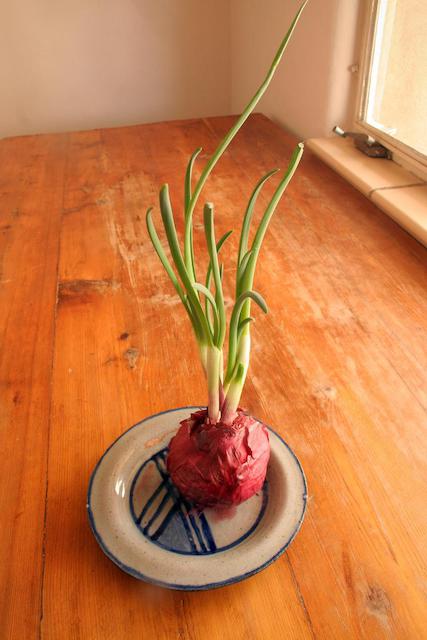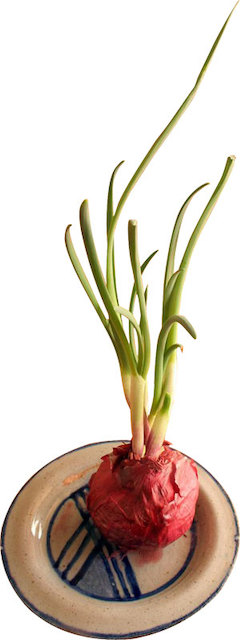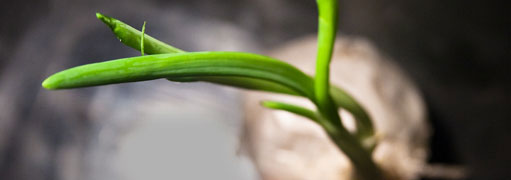Flash In The Pan: Know Your Onions
‘Tis The Season For Sprouts




Latest Article|September 3, 2020|Free
::Making Grown Men Cry Since 1992




